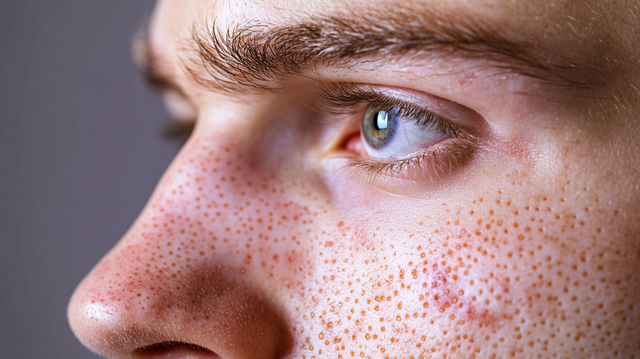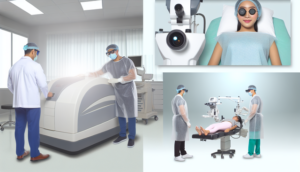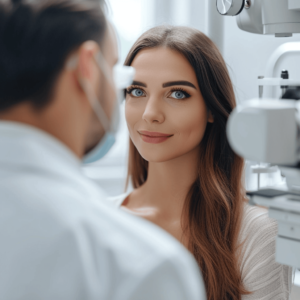
Have you ever found yourself wondering about those itchy, scaly patches on someone’s skin or perhaps on your own? You might be dealing with plaque psoriasis, a chronic skin condition that tends to come and go in cycles. Battling misinformation and confusion, it’s about time we had a heart-to-heart about what plaque psoriasis really looks like and how it affects those who have it. In a world where flawless skin is often wrongly equated with health and beauty, let’s dive deep into understanding this condition beyond skin deep.
What Exactly is Plaque Psoriasis?
Starting off, plaque psoriasis is an autoimmune condition characterized by red, inflamed patches on the skin, covered with silver-white scales. These patches are known as plaques and can be itchy or even painful. It’s a chronic battle for many, as the condition tends to cycle through flare-ups and remissions. Despite common misconceptions, plaque psoriasis is not contagious, so there’s no need to worry about catching it from someone else.
Spotting the Plaques
Now, let’s get visual. Plaque psoriasis primarily appears on the scalp, elbows, knees, and the lower back but can really show up anywhere on the body. These plaques can vary in size, from small dots to large areas. Looking closer, the silver-white scales that cover the red, inflamed skin beneath can be quite distinctive. During a flare-up, these plaques might crack and bleed, adding to the discomfort.
Is There a Cure?
Sadly, there’s no magic bullet for plaque psoriasis. Treatment mainly focuses on managing symptoms and reducing flare-ups. Options include topical treatments, light therapy, and systemic medications. It’s all about what works for the individual, as effectiveness can vary greatly. Keeping skin moisturized, avoiding triggers, and adopting a healthy lifestyle can also help manage the condition.
Understanding and Empathy
Around the globe, millions live with plaque psoriasis, facing not just physical discomfort but often social stigma too. Understanding and empathy go a long way in making their journey easier. Remember, it’s not just about the skin. Plaque psoriasis can impact emotional wellbeing and quality of life. So, let’s foster environments that support, rather than isolate, those who are battling psoriasis.
In conclusion, while plaque psoriasis may affect individuals differently, awareness and proper management can significantly improve lives. Let’s peel away the layers of myths and look at the condition with new eyes. By spreading knowledge and kindness, we can help ease the burden for those affected by plaque psoriasis. So next time you see those distinctive plaques, remember, there’s much more to the story than meets the eye.


